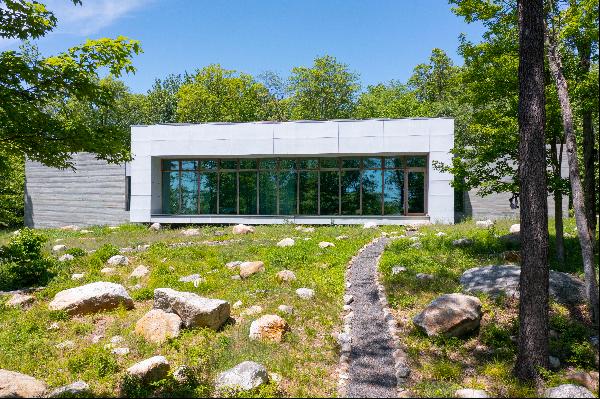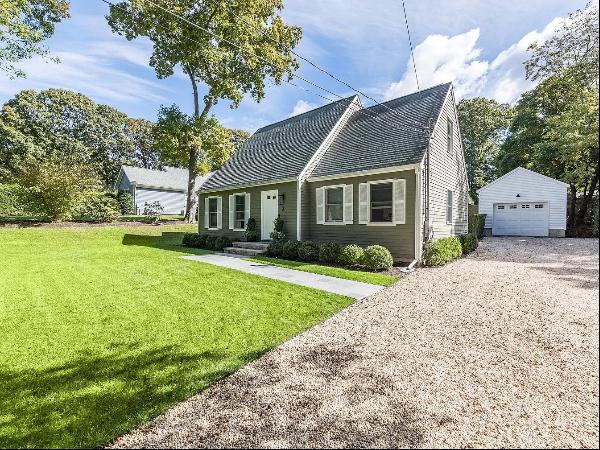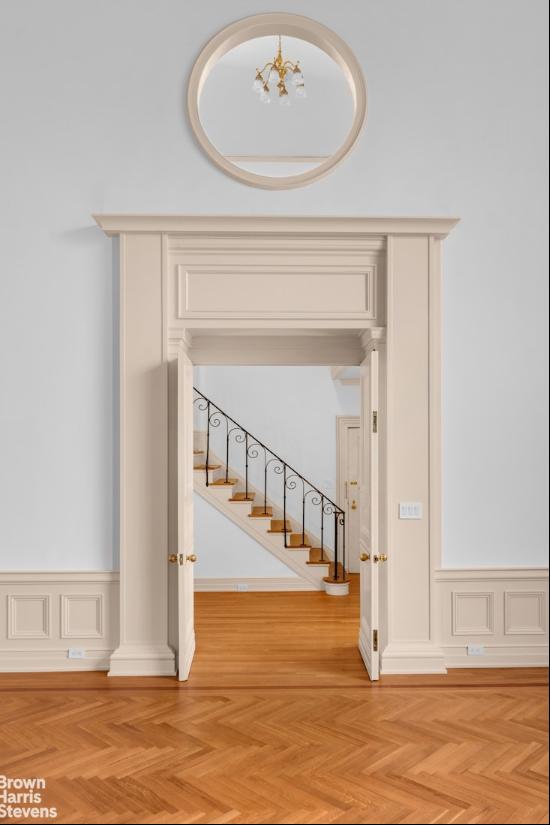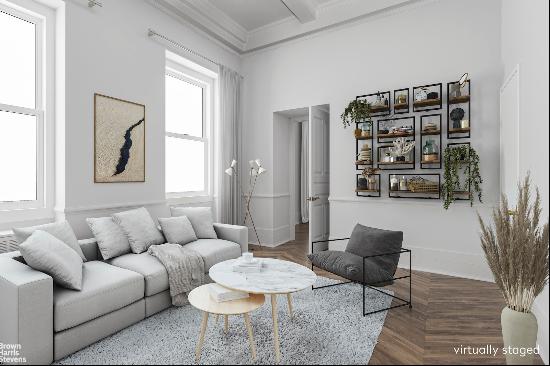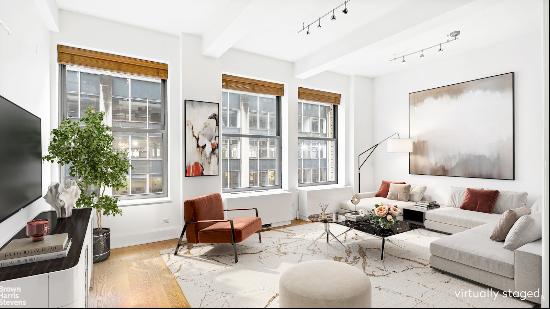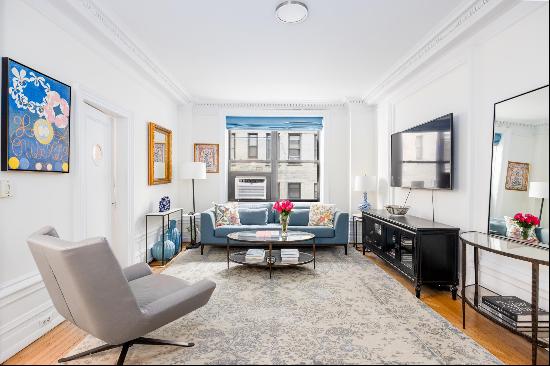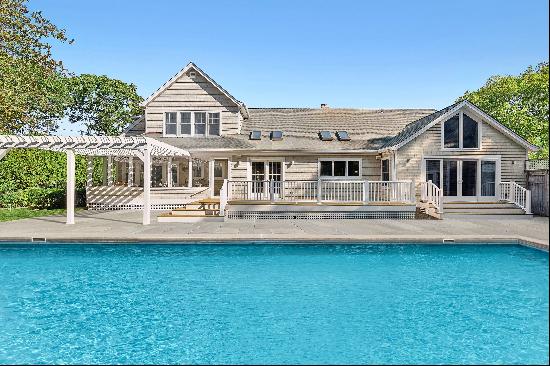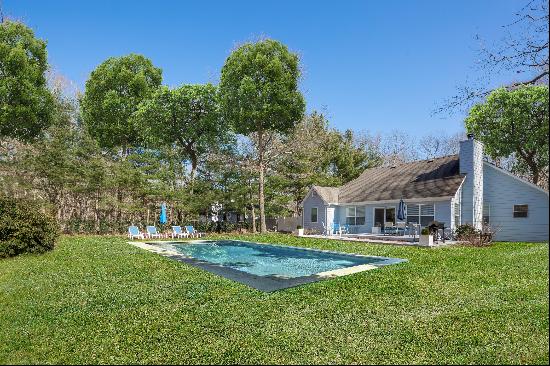
By Elise Bell
During an oppressive heatwave in New York, I sought refuge in the air-conditioned rooms of the Neue Galerie, a museum specialising in 20th-century German and Austrian art. It was there, in an imposing Louis XIII-style mansion on Fifth Avenue, that I came across the Kunstkammer, or art room, of collector and philanthropist Ronald S Lauder: a neat display of books, tapestries, ceramics and Renaissance-era artworks, curated in such a way that it appears you are walking into Lauder’s home.
Since the 16th century, these cabinets of curiosities have been seen as not only a collection of a person’s belongings but as a symbolic representation of the collector, revealing how they desired others to see them. The artist Louise Bourgeois knew this better than most. Perhaps one of the most important artists of the last century, Bourgeois raked through her own personal history to create works that wrestled with sexuality, psychology, domesticity and family. In many ways, the New York townhouse-cum-studio where she lived for almost 50 years became a kind of Kunstkammer — as much a reflection of Bourgeois’ internal psyche as it was of her outward tastes and possessions.
That this is my fantasy home is indicative of how small my desires actually are. I have lived in eight homes over nine years, sharing these spaces with a rotating cast of people. To have a home that feels like a pure representation of the self (by which I mean myself) currently seems unreachable and impossible.
Bourgeois lived in a typical Chelsea brownstone, having graduated from apartment blocks to the townhouse that she bought with her husband, the art historian Robert Goldwater, in 1962. In letters to her father, she told him that these elegant “stuck-together” homes held a “Proustian charm” reminiscent of her childhood in France.

But it’s not so much the setting that I envy (I find New York’s grid-like urban planning claustrophobic and unexciting), more the marked presence she made upon the building: the nails in the walls, the stains upon countertops, the freedom to reconfigure spaces at will. It helps that our tastes seem similar: an appreciation for things run-down, vases full of dried flowers and bold, graphic artwork. A keen follower of Freudian psychoanalysis, Bourgeois would no doubt have opinions about the black-and-white print of a decapitated head that hangs above my desk.
Her house, as captured in photographs by Jean-François Jaussaud between the mid-1990s and the early 2000s, is a warren of white-walled rooms, plaster peeling around the edges and white brickwork showing up between the cracks. Papers are scattered across the wood floors, and her library is filled with books, cassettes and filing cabinets. There are also letters, subway maps, posters, diagrams, phone numbers scrawled in thick black pencil on the wall and sketches — most notably of her spider motif, a metaphor for her mother.
Like with automatic drawings or other forms of “psychic automatism”, it is possible to read the home of Bourgeois as a semi-subconscious manifestation of the self. This is not the typical glamorous home of a wealthy artist, and it’s an approach to living that I can empathise with. I look at images of Bourgeois’ home and see reflected in them my own desire to be seen, to be known.
My room is the one place in my home that I have full control over, and I’ve always eagerly invited friends or partners in. It’s also why I long to go back to theirs, hoping that the books on their shelves, the art on their walls, the landscape of their home might reveal something deeper and more intimate than what I’ve previously been allowed to see. It’s why I don’t trust spartan bedrooms. I wonder if Louise Bourgeois would have felt the same.
Photographs: Porter Gifford/Corbis via Getty Images; Yann Gamblin/Paris Match via Getty Images






